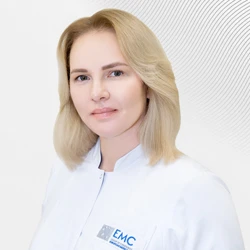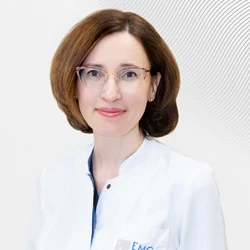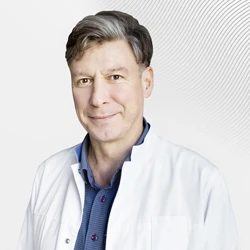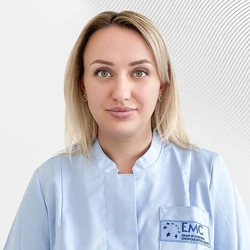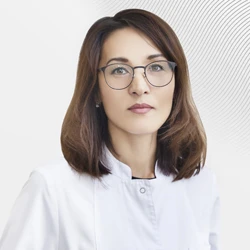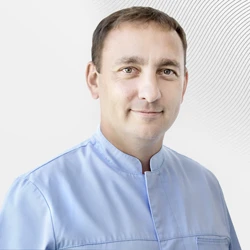Are adenoids bothering you? - 4 reasons to apply to the children's clinic of the European Medical Center
- We employ leading pediatric ENT doctors who effectively solve the problem of adenoids in children
- We use evidence-based medicine methods and adhere to European treatment standards
- Modern diagnostic methods: we have the latest generation of diagnostic equipment in our arsenal
- Maximum comfort for children and parents
Make an appointment for a consultation with our specialists.: by phone, via WhatsApp or forms on the website
What are adenoids?
Adenoids are a special tissue located in the nasopharynx. Palatine tonsils, lingual tonsil, tubal rollers located in the nasopharynx and surrounding the mouths of the auditory tubes consist of a similar tissue. The lymph nodes of the neck are also part of the lymphatic tissue system of the upper respiratory tract.
In children, lymphoid tissue is gradually replaced with connective tissue with age. Adenoids are more susceptible to this process, so by adolescence they "resolve" in most children. The presence of hypertrophied adenoids in adults is considered a pathology and in most cases requires removal.
Is it possible to treat adenoids?
It is important to separate hypertrophy (enlargement) of the adenoids and adenoiditis (inflammation of the adenoids). Unfortunately, there are no drugs that can effectively "dissolve" hypertrophied adenoids. Most medications prescribed to children with hypertrophied adenoids are intended for the treatment of adenoiditis.
Topical hormonal medications are often prescribed to help reduce swelling of the adenoids and improve nasal breathing. In case of severe bacterial inflammation in the nasal cavity and nasopharynx, antibiotics (topically) may be prescribed for the treatment of adenoiditis in combination with hormone therapy. These drugs should be used in short courses, as prolonged use can damage the normal flora of the nasal cavity.
The use of saline solutions has a positive effect. These solutions cleanse the nasal cavity of mucus, improve the condition of the nasal mucosa and nasopharynx, and help remove allergens and microbes from the nasal cavity. It is not recommended to use active rinsing, in which fluid enters the nasal cavity under high pressure, they can affect the development of complications of adenoiditis, primarily acute otitis media.
In which cases do I need to remove adenoids?
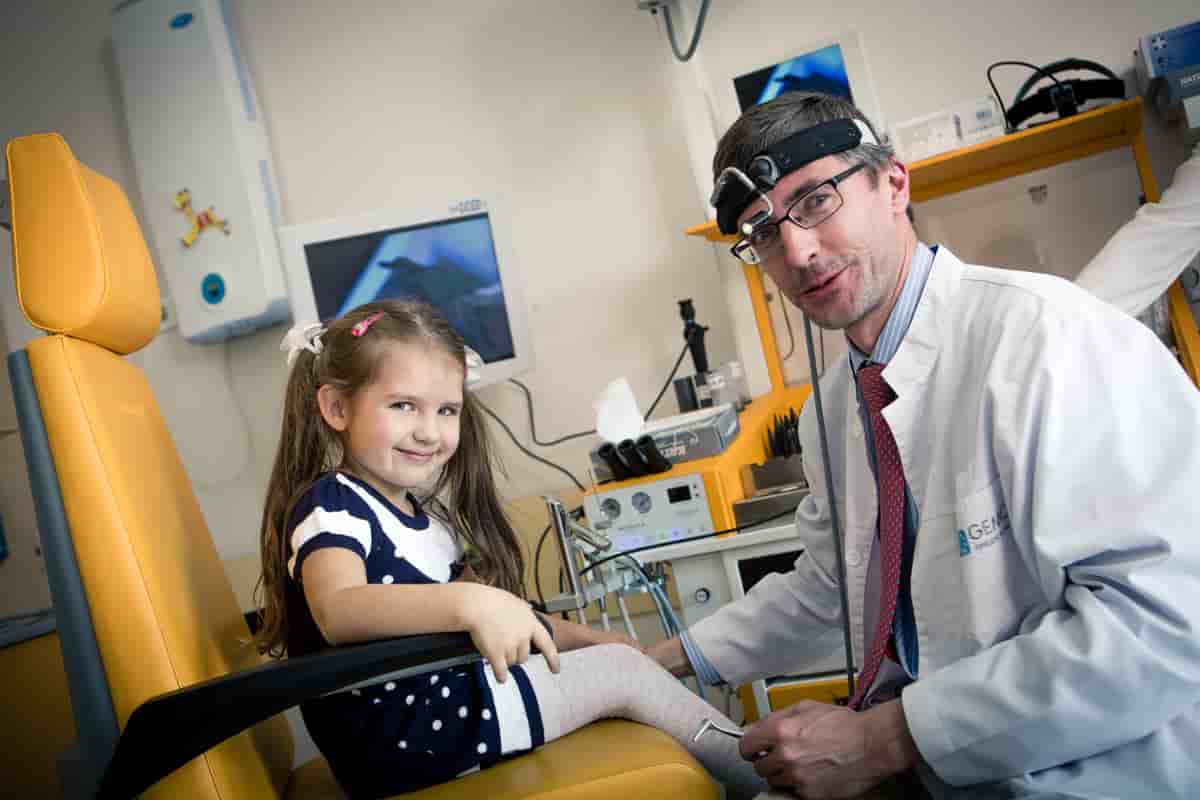 By itself, adenoid hypertrophy is not an indication for surgical treatment.
By itself, adenoid hypertrophy is not an indication for surgical treatment.
The causes of enlarged adenoids may be their individual characteristics, previous viral infections, and allergic reactions. The main symptom of enlarged adenoids is a worsening of nasal breathing. As a result of prolonged nasal breathing disorders in childhood, the formation of the facial skeleton may be disrupted and malocclusion may occur. In some cases, obstructive sleep apnea syndrome develops, which results in impaired quality of night sleep. In patients with this syndrome, the duration of the deep sleep phase is sharply reduced, as a result, the child does not get enough sleep. Such children often suffer from attention deficits and are monitored by psychologists.
A separate group of complications of adenoid hypertrophy consists of infectious complications. Recurrent acute otitis media and sinusitis (sinusitis, ethmoiditis) in most cases are the result of chronic adenoiditis, when the adenoids are a kind of "reservoir" of infection, from where it can spread to the paranasal sinuses and middle ear.
Another common complication of adenoid hypertrophy is exudative otitis media. This is a special form of otitis media, in which there is no pain and general signs of inflammation (for example, fever). With exudative otitis media, fluid forms in the cavities of the middle ear, behind the eardrum. Often, children suffering from exudative otitis media do not feel any symptoms, while examination shows hearing loss (grade 1-2 hearing loss). It is important to remember that in the absence of treatment for exudative otitis media for more than several months, persistent hearing loss may form, which may persist after the symptoms of inflammation in the middle ear are relieved.
If one or more of these complications develop, surgical treatment is indicated. Conservative treatment in such cases is unjustified, as it can lead to worsening of symptoms and the development of irreversible changes in the middle ear and paranasal sinuses.
Opponents of adenotomy believe that it is impossible to remove adenoids, because there is nothing superfluous in the body. One cannot disagree with this statement. However, adenoids are not the only accumulation of lymphoid tissue in the upper respiratory tract. Removal of adenoids leads to the loss of a small part of the lymphoid tissue, which does not negatively affect the functioning of the entire system and does not cause a "weakening" of local immunity.
EMC diagnostics
The adenoids are located in the nasopharynx, an area that is difficult to access for examination. Therefore, X-ray examination methods and endoscopic examination of the nasal cavity are used to diagnose adenoid hypertrophy. In EMC Children's Clinic (Moscow) both methods are used. For endoscopic examination of the nasopharynx, special flexible children's endoscopes are used, the thickness of which is slightly more than 2 mm. Such equipment makes it possible to examine even the smallest patients painlessly and quickly.
The second stage of diagnosis is X-ray methods. Depending on the presence of concomitant pathology (otitis media or inflammation in the paranasal sinuses), radiography or computed tomography of the sinuses may be performed. These studies make it possible to assess not only the size of the adenoids, but also the condition of the surrounding structures. All studies are carried out on modern equipment and are absolutely harmless.
Using both methods allows you to get the maximum amount of information and choose the right treatment strategy – surgical or conservative.
How is the EMC operation going?
There are many different techniques for removing adenoid tissue (adenotomy). In our clinic, adenotomy is performed using both a traditional adenotome and a microdebridor, depending on the location, degree of prevalence of adenoid tissue, and features of the nasopharynx structure. The operation is performed on the child in a state of safe drug-induced sleep through the mouth, with careful visual monitoring. Various types of endoscopes, surgical microscope or mirror optics are used for visualization. With this method, maximum control over the completeness of adenoid removal is achieved. Then coagulation is performed, which ensures reliable prevention of postoperative bleeding.
How does the postoperative period proceed?

In our clinic, a child sees his parents immediately after waking up from a drug-induced sleep. Thus, the psychological trauma from surgical intervention is minimized.
After the adenotomy, the child is observed in a comfortable hospital for 6-7 hours, and if there are no complications, he is discharged home. In the coming days after the operation, it is recommended to limit physical activity and exclude thermal procedures (hot baths, baths). In some cases, a short course of antibiotics is prescribed after surgery to prevent infectious complications.
Advantages of adenoid treatment in EMC
The EMC Children's Clinic has accumulated extensive experience in the treatment of children with adenoid hypertrophy and adenoiditis. We achieve high results thanks to an individual approach to each patient and a thorough diagnosis using modern technologies. In their work, the doctors of the Children's Clinic follow international standards and prescribe only those drugs whose effectiveness and safety have been proven.
If surgical treatment is necessary, its safety is achieved through careful preoperative examination, surgery under general anesthesia and with constant endoscopic monitoring, and dynamic postoperative follow-up.
The high professionalism of doctors, modern equipment, individual approach and compliance with international treatment protocols are the key to high efficiency and safety of treatment of adenoid diseases in our clinic
.







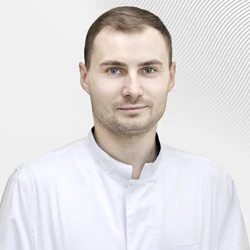
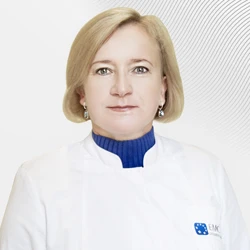
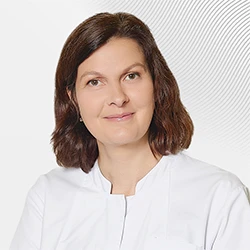
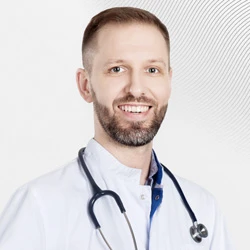
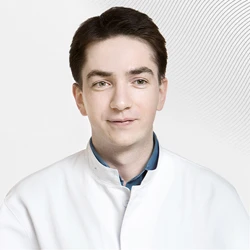
.webp)
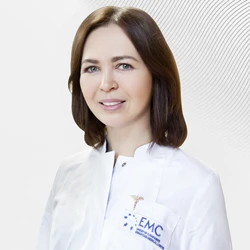
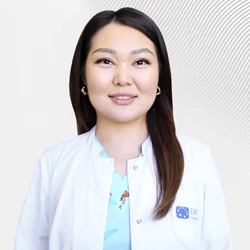
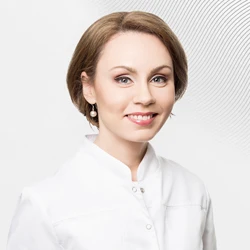

.webp)
